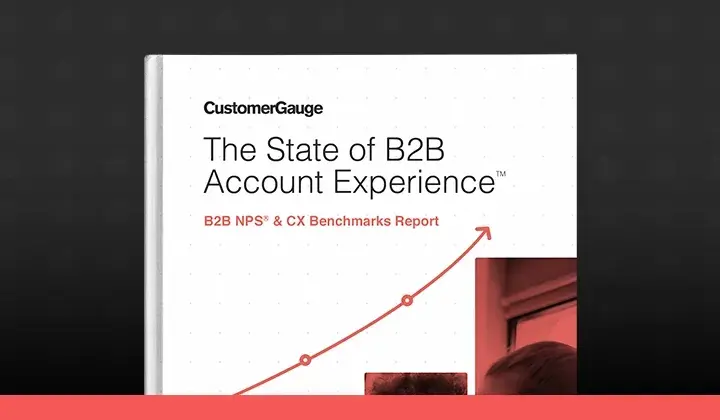
We’d like to share a short 6-step plan for customer retention, based on some years working in e-commerce. We’re going to find some key customers that you can rescue, and others that you can reward. Then help you reach them and increase sales.
Step 1. Segment your customer base. Rank your customers by amount of spend, then make the cut at a suitable point – somewhere like 10 – 20% of your total customers. You’ll probably be aware of the 80-20 rule (sometimes named the Pareto rule) which helps explain how a small number of customers are responsible for much of the sales (20% customers drive 80% sales). In the case of e-commerce, it’s often more extreme. We found on some sites that around 10% of the customer base brought in 50% of the revenue (and even more profit if you take into account acquisition costs). When you do the analysis, you may find it’s just a few hundred customers who make a sizable contribution.
Step 2. Identify your loyal customers. Survey your customers using the Net Promoter® Score question. You can find out how to do it in our 2-minute guide to the Net Promoter Score. Ask “Would you recommend us to a friend of colleague?”, with a 0 - 10 scale. Use the results to understand who in your customer base are “promoters” or “detractors”. You may get up to 30% of your customers responding, so this is a very good way of dividing up the base. Don't forget to ask for customer comments.
Step 3. Draw up the matrix. See the chart above. On one axis, plot customer spend (or value). On the other, loyalty. In the top boxes you should have a manageable number of customers who represent a sizable portion of business, divided into those who would recommend you (promoters) and those who would not recommend you (detractors).
Step 4. “Customer Rescue”: Find the customers who are most at risk from defecting: High value customers that scored low ratings. If you do nothing, you risk losing repeat sales, or lose them to a competitor. At worst, they may warn their friends from buying from you. By reading their comments you can understand what the issues are. Don't waste time – divide up the numbers and get your team on the phone to them within 24 hours of harvesting their comments. Failing that, personal emails will do. Acknowledge any problems, apologise if needed, and ask what it will take to put it right. Often, customers will make allowances for errors – and if you can surprise them by over-delivering on a fix, you may even turn them into evangelists.
Step 5. “Customer Reward”: Identify the high spenders who rate you highly. These are customers who are likely to make a repeat purchase, and with luck, bring you new customers. So give them the tools to do so. In the excellent book Creating Customer Evangelists (Huba/McConnell) you can get some good ideas on how to turn customers into referral machines – offer new product information, ask for product feedback, give small gifts. Surprisingly, there are more effective actions than financial incentives.
Step 6. Automate and track the progress. This retention model is not a one-off task – the successful companies bake these process steps into their sales DNA, and monitor which actions are most successful, while reducing the number of detractors. Keeping a customer is far cheaper than finding a new one.
Do the hard work, easily
Yes, you can do all the above steps using manual analysis. You can do it for next to nothing with low cost survey tools, if you have spreadsheet skills and plenty of time.
However, there is an easier way: CustomerGauge automates all the steps for you: segmenting, surveying, reporting, closing the loop. By integrating with e-commerce systems, CustomerGauge can survey every transaction with the Net Promoter Score question, and can often reach 30% response. Thanks to special reporting, the system automatically ranks customers (and repeat orders) by value, showing results in real-time, and providing call- and email-lists for actions. CustomerGauge even tracks open customer issues with internal workflow, and reports on returning customers.
Now all you have to do is come up with some creative ways of keeping your best customers recommending you to others!
 [/caption]
[/caption]Learn for free
Our upcoming webinar "Learn how to increase customer loyalty and grow online sales automatically" on 10 Feb 2010 has additional resources on how to keep customers. Details/sign-up here.
.

